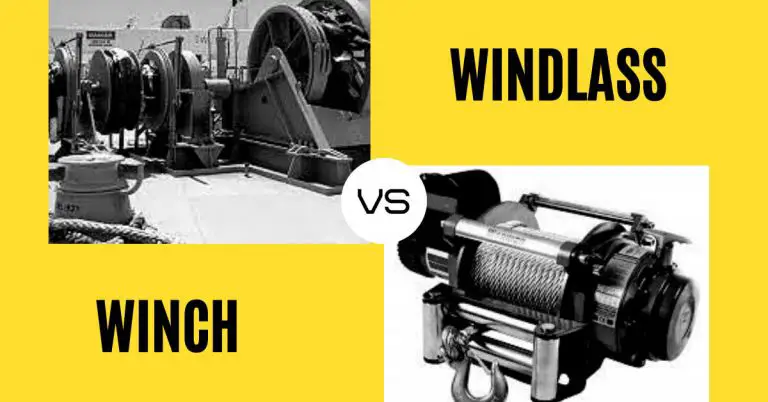Difference Between A Winch And A Hoist – Uses, Types & Rating In 2023
In simple winches are used to pull the heavy weight toward or away from a point where hosits are used for lifting the weights horizontally. A hefty weight can be pulled horizontally using a winch but cannot be raised.
A winch would be ideal for rescuing cars from ditches and towing them onto trailers. A big load can be raised vertically using hoists.
One purpose for a hoist is to remove the engine from an automobile or to lower something into a truck bed. It might be pretty helpful to understand the differences between hoists and winches.
If you equip your truck with a hoist rather than a winch, getting out of a ditch could be challenging. When in use, using a winch on your crane in place of a hoist could be dangerous.
Therefore, we must understand the distinction between a winch and a hoist to ensure that you purchase the proper equipment.
Hoists and winches share a similar appearance; at first glance, they appear to operate similarly, lifting or dragging an automobile and lifting and pulling large objects.
The primary distinction between winches and hoists is how they pull what is attached to them.
How Can A Winch Be Used As A Hoist?
Since a conventional winch was not intended for this usage, it is unsafe to use one to raise anything off the ground because there is a chance that it will fall.
Also the braking system of winches does not support horizontal anchoring of weights which make it nearly impossible to use a winch as a hoist.
But certainly there are few situations where weight needed to anchor is less than the actual capacity. So in this case the winch may bear the burden without breaking apart.
The way that winches and hoists break is one of the main distinctions between the two.
1. Dynamic Brakes:
Dynamic brakes, which are typically used by winches and are intended to support rolling loads rather than lift heavy objects, are usually used.
When a load is being pulled, a dynamic braking system’s gears immediately lock; nevertheless, raising a weight might overwhelm the system’s strength, causing the load to slip and perhaps injuring the gears.
2. Mechanical Brakes:
Mechanical brakes used by hoists are created expressly to lock and sustain the load you’re lifting. This approach is far more effective for raising anything vertically.

Unlike winches, most hoists are equipped with load limiters to stop you from attempting to raise objects heavier than the working load limit of the hoist. There is some overlap, though, as certain winching items are also intended to serve as hoists.
For instance, SafetyLiftinGear’s Electric Winch, which comes in 110-volt or 240-volt variants, may be used as a hoist or a winch with a pulling capacity of 500 kg or 800 kg, respectively.
Hoists Lift Things Winches Pull Things:
It’s common for people to interchange the terms “winch” and “hoist,” but there is a distinction between them, and knowing it will help you choose the right tool for the job.
Hoists can be used to lift objects and suspend them in the air, while winches are made to draw loads across a reasonably level surface in a horizontal direction.
When dragging a load up a steep slope, where the load would fall down the hill if left unsupported, this is considered a lifting operation and calls for the use of a hoist rather than a winch.
Hoists:
Winches come in a smaller variety than hoists. Some hoists can raise several tons, and hoists can lift a few hundred pounds.
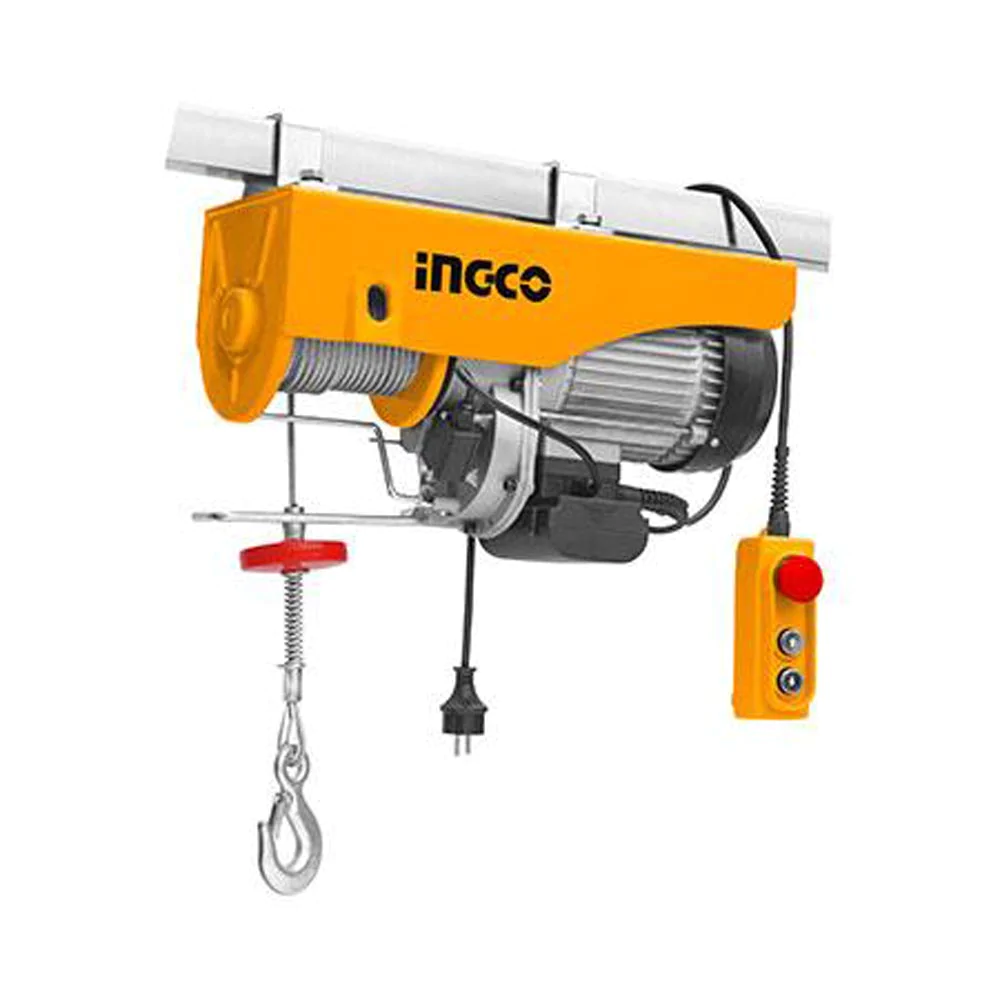
This is one of main reasons that they tend to lift the object rather than dragging them out of the way or getting your vehicle unstuck.
Uses Of Hoists:
- A hoist is used to coil up a cable.
- A hoist, as opposed to a winch, pulls the cable straight up.
- The hoist’s purpose is to lift a load (dead weight) off a surface that is mainly level and maintain it hanging in the air.
- Hoists substitute a braking system for the free spool mechanism you would find on a winch to maintain the load hung.
Hoist Ratings:
The duty cycle of hoists is occasionally used to grade them. H2, which stands for “mild duty,” H3, which stands for “moderate duty,” and H4, which stands for “hard duty.”
Remembering this is crucial. It is based on the weight of the load to be hoisted and the number of lifts you must perform each hour.
Since winches usually don’t need to be used hundreds of times each hour, this is a far more significant issue with hoists.
Types of Hoists:
Hoists come in a variety of various designs as well. Each sort of hoist is intended to lift materials.
- Manual hoists
- Powered Hoists
Following are further specifics regarding the various hoist types.
1. Manual Hoists:
Ratchet (lever-actuated) or hand chain operated lifting apparatuses are known as manual hoists, often chain falls.
A manual lifting hoist uses a hand chain to control the lifting and lowering motion and a load chain to support the load.
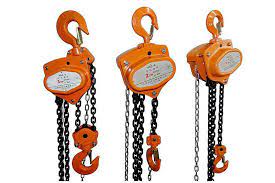
Manual hoists often have the following features in comparison to the majority of powered hoists:
- Initial costs are lower.
- More accessible to transport and portable
- Requires more work to lift loads
- Longer lifting time
2. Powered Hoists:
One of the many lifting equipment available is powered hoists, which come in three varieties: electric, air/pneumatic, and hydraulic.
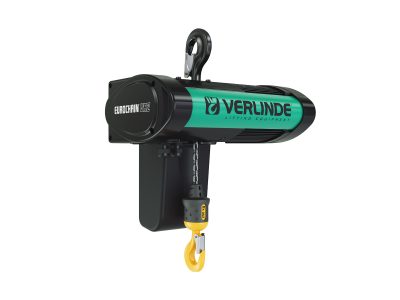
Powered hoists often have the following qualities in comparison to the majority of manual hoisting equipment:
- Faster lifting speeds
- A more comprehensive range of lifting capacity
- Pendant or controller operated
- Electric models are overheating with frequent use
- Air models are useful
Winches:
The technical specifics of a winch can be just as crucial to understanding as its fundamental operation.
Uses Of Winch:
When a winch winds up a cable (or wire rope), a draw is applied to the object attached to the cable or wire rope. Usually, rolling loads are supported in this way while inclined slightly.
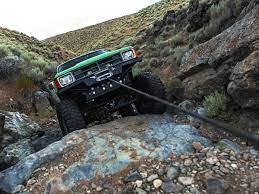
Frequently, a heavy object, like a vast tree, will be the one that is attached to the wire rope. It means that the object attached to the winch, such as a car, will be moved due to the winch’s draw.
It is possible to flip this situation. The thing that needs to be moved—typically a stranded vehicle—will be fastened to the wire rope.
The more immovable object, such as the tow truck, will be hooked to the winch.
Winch Ratings:
Winches are graded based on how much weight they can move around a winch drum with just the bottom layer of rope. Hence, there is only enough rope to round the winch’s drum completely.
Ratings become less accurate the more rope there is on the winch. Every layer of rope typically results in a 10% reduction in pull force. Therefore, it is a good idea to overestimate the amount you need to draw when choosing a winch.
According to others, you should multiply the most significant weight you intend to lift by 1.5. Therefore, if you need to pull 1,000 pounds, you must get a winch with a 1500-pound rating.
New vs Used Hoists:
It is crucial to evaluate the state of a used or refurbished hoist, as with any equipment. It is strongly advised that the hoist is regularly maintained and that the rigging for the hoist is inspected.
If at all feasible, get the used item’s serial number. It will make it easy to know the design constraints and specifications established by the manufacturer. Failure of the support system or line material is possible, albeit it is uncommon.
It is crucial to understand the guidelines provided by OSHA Standard 1910.179, “Overhead and Gantry Cranes,” which provides details on the use and safety of overhead cranes.
Frequently Asked Question:
How Can A Winch Be Used As A Hoist?
The electric panel supplies power to the motor when a signal is transmitted from the controller. The motor releases the brake.
It drives the hoisting gear, which drives the hoisting drum. The hoisting gear reduces the rotation speed and increases the torque to lift the load.
What Should You Do Before You Use A Hoist?
Before utilizing the hoist, perform one last safety check: familiarize yourself with all controls and procedures.
The hoist’s emergency safety measures, such as the emergency stop and emergency lowering capabilities, are included in this.
How Do You Lift A Heavy Person?
Never raise someone without using their hips. Never grip or tug at their underarms, as this can be extremely painful.
The arms’ muscles are not well-suited to handling force. If you can’t hold your loved one by the hips, you might want to think about using a transfer belt.
Which Thing Goes Wrong When Hoisting A Person?
Instability when transporting a person on a mobile hoist causes them to hit things. It will raise the possibility of a fall or overturn and is likely to inflict harm, especially on people with thin skin.
Conclusion:
The purpose of a winch and a hoist is where there is the most visible distinction. Hoists carry large objects vertically, while a typical winch is made to draw things horizontally.
You can decide what you need by knowing how frequently you’ll need to use the winch or hoist each hour. Remember that a winch should never be used as a hoist.
If you tried to lift something with a winch rather than a hoist, it would be disastrous due to the absence of a locking brake mechanism and its loose spool.
References



![PTO Winches Vs. Electric Winches: Which To Choose [2023]](https://garagegrabber.com/wp-content/uploads/2022/10/PTO-Winches-Vs.-Electric-Winches-768x402.jpeg)
